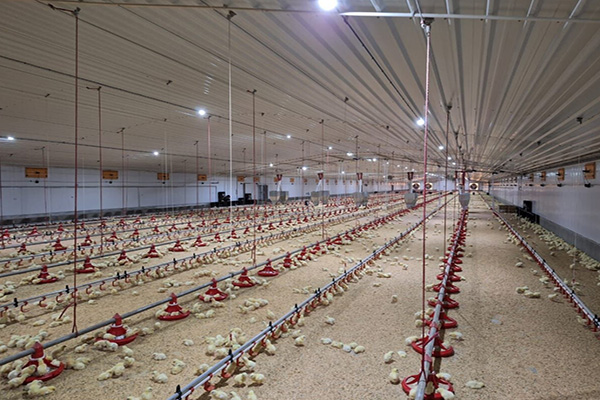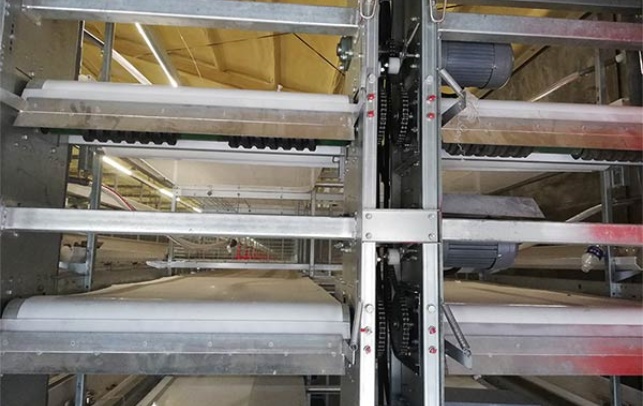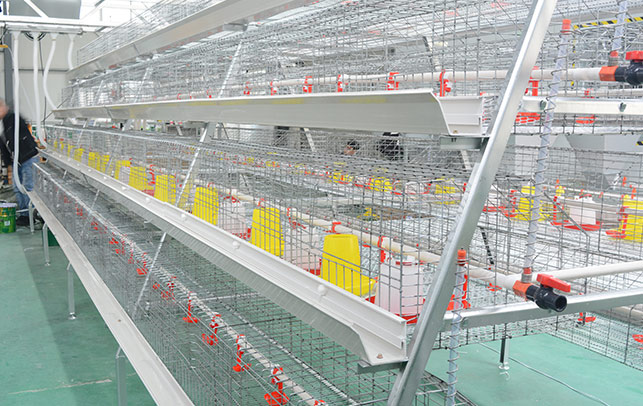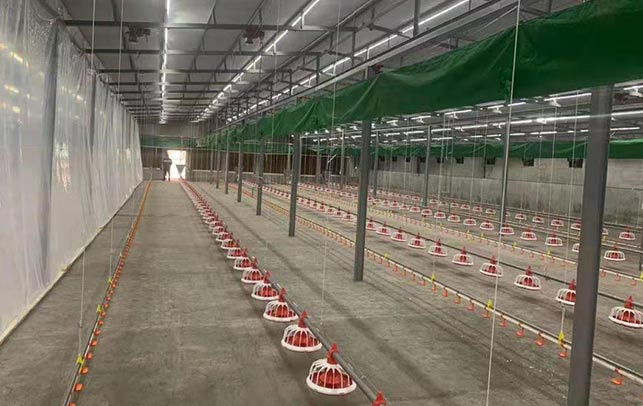Revolutionizing Chicken Farming: Improved Kienyeji Chicken in Kenya
Time : 2025-05-14
In recent years, the poultry industry in Kenya has seen a remarkable transformation, especially with the introduction of improved Kienyeji chicken. This locally-bred breed, known for its hardiness and adaptability, has been a game-changer for small-scale farmers and consumers alike. Let’s dive into how this improved version of Kienyeji chicken is making waves in Kenya’s agricultural sector.
The Kienyeji Chicken: A Brief History
Kienyeji, which translates to “local chicken” in Swahili, has been a staple in Kenyan cuisine for generations. These chickens are well-known for their robust health, ability to thrive in harsh conditions, and the rich flavor of their meat. However, traditional Kienyeji chickens were not always known for their high productivity or fast growth rate.
The Birth of Improved Kienyeji Chicken
To address these challenges, agricultural experts in Kenya embarked on a mission to improve the breed. Through selective breeding and genetic modification, they created the improved Kienyeji chicken, which combines the best traits of the original breed with enhanced productivity and growth rates.
Why is Improved Kienyeji Chicken Making a Difference?
1. Increased Productivity: The improved Kienyeji chicken lays more eggs and grows faster than its traditional counterpart. This means that farmers can get a higher yield in a shorter period, which is crucial for profitability.
2. Health Benefits: These chickens are bred to be more resistant to diseases, reducing the need for antibiotics and ensuring a healthier product for consumers.
3. Adaptability: Improved Kienyeji chickens are hardy and can thrive in various environments, making them a perfect fit for small-scale farmers in rural areas.
4. Sustainability: By improving the breed, farmers can reduce their reliance on imported chicken, promoting local agriculture and reducing the carbon footprint associated with international trade.
How to Raise Improved Kienyeji Chicken
Raising improved Kienyeji chickens is relatively straightforward. Here are some tips to help you get started:
1. Provide Adequate Shelter: Ensure your chickens have a secure, well-ventilated coop that protects them from predators and extreme weather conditions.
2. Feed Them a Balanced Diet: A nutritious diet is crucial for the health and productivity of your chickens. Feed them a mix of grains, vitamins, and minerals to ensure they grow strong and lay well.
3. Regular Health Checks: Keep an eye on your chickens for signs of illness. Early detection and treatment can prevent serious health issues.
4. Water: Provide fresh, clean water at all times. Chickens need plenty of water, especially during hot weather.
Success Stories
Many small-scale farmers have seen their livelihoods transformed through the adoption of improved Kienyeji chickens. Here are a few success stories:
– Alice: “Before I started raising improved Kienyeji chickens, I could barely make ends meet. Now, I’m able to sell eggs and chicks regularly, and I’m even planning to expand my farm.”
– John: “The improved Kienyeji chickens have been a lifesaver for my family. Not only do they provide us with a steady source of income, but the meat is also healthier and tastier than anything you can buy in the market.”
Challenges and Solutions
While the improved Kienyeji chicken offers numerous benefits, there are also challenges to consider:
1. Initial Costs: The initial cost of obtaining improved Kienyeji chickens can be a barrier for some farmers. However, many organizations offer subsidies and training programs to help small-scale farmers get started.
2. Access to Resources: In some areas, farmers may struggle to access the necessary resources, such as quality feed and healthcare. Building strong partnerships with local organizations and agricultural extension services can help overcome these challenges.
The Future of Improved Kienyeji Chicken
The future of improved Kienyeji chicken looks bright. As more farmers adopt this breed, the demand for local chicken is expected to grow, creating a sustainable and profitable industry. With continued research and development, there’s no limit to how far this locally-bred chicken can go.
Conclusion
The introduction of improved Kienyeji chicken in Kenya has been a game-changer for the poultry industry. By combining the best traits of the traditional breed with modern agricultural practices, this breed is set to revolutionize farming in the region. As more farmers embrace this opportunity, the future of chicken farming in Kenya is looking brighter than ever.












